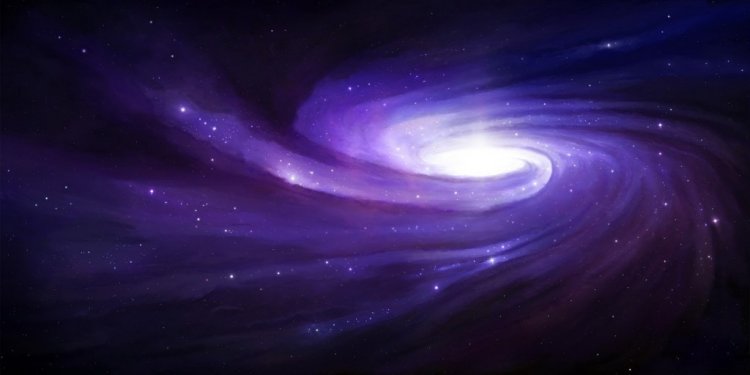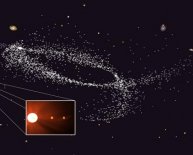
Space Galaxy
Dust off your spiral arms and fatten up your bulge — it's time to tap into your inner galaxy to test your smarts about the Milky Way. Our home in space is a strange and wondrous place that scientists are still trying to figure out. See what you know!
0 of 10 questions complete
Milky Way Quiz: Test Your Galaxy Smarts
Dust off your spiral arms and fatten up your bulge — it's time to tap into your inner galaxy to test your smarts about the Milky Way. Our home in space is a strange and wondrous place that scientists are still trying to figure out. See what you know!
0 of questions complete
The galaxy's mysterious inside-out structure probably traces back to a long-ago merger of separate pieces, team members added.
They think that the proto-UGC 1382 first consisted of a group of small galaxies made up mostly of gas and dark matter, strange stuff that neither reflects nor absorbs light and is far more abundant than "normal" matter. Later, a lenticular galaxy — a spinning disk without any spiral arms — formed nearby. The small galaxies likely began orbiting the lenticular one at least 3 billion years ago, eventually creating the structure that exists today, the scientists said.
"This rare 'Frankenstein' galaxy formed and is able to survive because it lies in a quiet little suburban neighborhood of the universe, where none of the hubbub of the more crowded parts can bother it, " Seibert said. "It is so delicate that a slight nudge from a neighbor would cause it to disintegrate."
More research is needed to help flesh out this formation scenario, and to determine how common galaxies such as UGC 1382 are across the universe.
"By understanding this galaxy, we can get clues to how galaxies form on a larger scale, and uncover more galactic neighborhood surprises, " Hagen said.

















